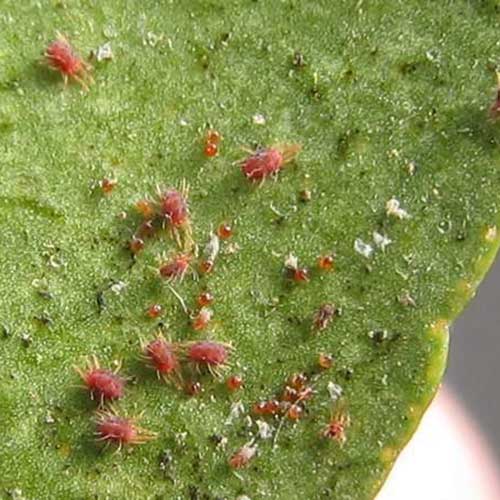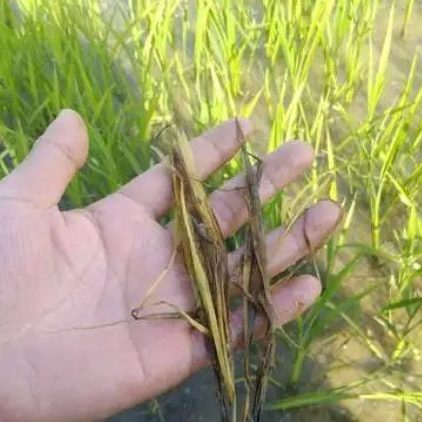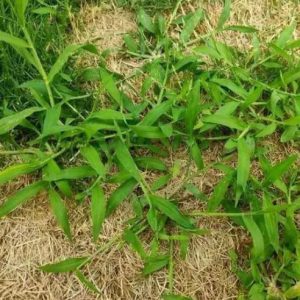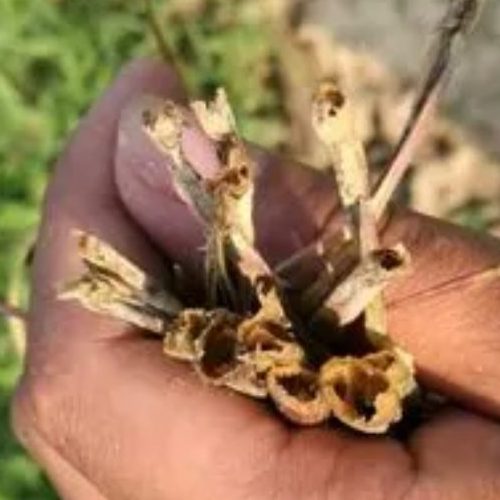
Shijiazhuang Youge Biotechnology Co., Ltd.: Only produces high-quality pesticide products to make farming easier for farmers around the world!
Product Catalog
Emamectin Benzoate
Spinosad
Bacillus thuringiensis
Spirodiclofen
Pyridaben
Etoxazole
Hexythiazox
Bifenazate
Propargite
Amitraz
Lufenuron
Thiamethoxam
Acetamiprid
Imidaclorprid
Nitenpyram
Flonicamid
Dinotefuran
Permethrin
Cypermethrin
Alpha cypermethrin
Beta cypermethrin
Fenvalerate
Lambda-cyhalothrin
Bifenthrin
Beta-cyfluthrin
Deltamethrin
Carbofuran
Carbosulfan
Methomyl
Carbaryl
Oxamyl
Chlorpyrifos
Dimethoate
Malathion
DDVP
Triazophos
Profenofos
Phoxim
Acephate
Fenitrothion
Diazinon
Monosultap
Cartap
Thiocyclam-hydrogen-xalate
Cyromazine
Pyriproxyfen
Tebufenozide
Buprofezin
Pyrethrins
Indoxacarb
Spirotetramat
Chlorfenapyr
Pymetrozine
Fipronil
Metaldehyde
Tebuconazole
Difenoconazole
Propamocarb
Penconazole
Mancozeb
Pyraclostrobin
Thiophanate methyl
Carbendazim
Chlorothalonil
Hexaconazole
Propineb
Dimethomorph
Propiconazole
Tricyclazole
Metalaxyl-M
Metalaxyl
Hymexazol
Copper oxychloride
Copper hydroxide
Benomyl
Flutriafol
Fosetyl-aluminium
Kresoxim-methyl
Triadimefon
Iprodione
Procymidone
Isoprocarb
Triadimenol
Streptomycin sulfate
Prochloraz
Fludioxonil
Prothioconazole
Boscalid
Thiram
Cymoxanil
Leave your message
For effective control of whiteflies and aphids in vegetables, consider these methods to reduce infestation:
Whitefly Control
Whiteflies attack greenhouse vegetables like cucumbers, tomatoes, and climbing beans, as well as outdoor eggplant and other legumes. Infested leaves lose color, gradually turn yellow, and wither. Whiteflies also secrete honeydew, which contaminates fruit and promotes sooty mold growth. Here’s how to manage whiteflies:
- Start with Healthy Plants: Cultivate virus-free seedlings and clear weeds and crop residues. Install insect-proof nets at ventilation points. Choose crops less attractive to whiteflies. Regularly prune old or infested leaves and remove suckers.
- Use Yellow Sticky Traps: These traps lure whiteflies. Place one trap per 10–20 square meters to capture adults effectively.
- Apply Insecticides if Needed: For active infestations, use treatments like bifenthrin, thiamethoxam, or spirotetramat as needed.



Aphid Control
Aphids, especially turnip aphids, thrive on vegetables like cabbage and radish, preferring plants with many leaf hairs and minimal wax. They also affect eggplant, peppers, tubers, and beets. Commonly seen outdoors from April to June and indoors in late fall to early winter, aphids feed on sap from the undersides of leaves, young tips, and stems. Infested plants display curled leaves, stunted growth, and wilting.
- Field Clean-Up: Before planting and after harvest, remove crop residues and weeds. Avoid pesticides harmful to aphid predators.
- Silver Mulch: Mulching with silver-colored film repels aphids, helping prevent infestation and disease spread.
- Yellow Sticky Traps: Set up yellow traps to capture winged aphids, positioning each trap per 10–20 square meters. For maximum effectiveness, coat the yellow panels with oil and place them about 60 cm above crops, with around 30 traps per acre.
- Early-Stage Insecticide Applications: At the first sign of aphids, spray 1000x solutions of insecticides like 10% methamidophos wettable powder, 50% pymetrozine, 10% pyriproxyfen, 10% fenpropathrin (3000x dilution), or 50.5% buprofezin (1500x dilution). Rotate insecticides every 7–10 days for 2–3 applications. Alternatively, products like aphid fungi, thiamethoxam, flonicamid, or imidacloprid can be used.
Controlling whiteflies and aphids in vegetable crops requires a combination of preventive and active measures. Begin by cultivating healthy plants, clearing weeds, and using insect-proof nets to limit pest entry. Set up yellow sticky traps to capture adult pests, leveraging their attraction to specific colors. For heavy infestations, carefully apply targeted insecticides and rotate them to prevent resistance. Silver mulch can also repel aphids effectively. By combining these strategies, you can protect your crops and ensure a robust, pest-resistant harvest.





